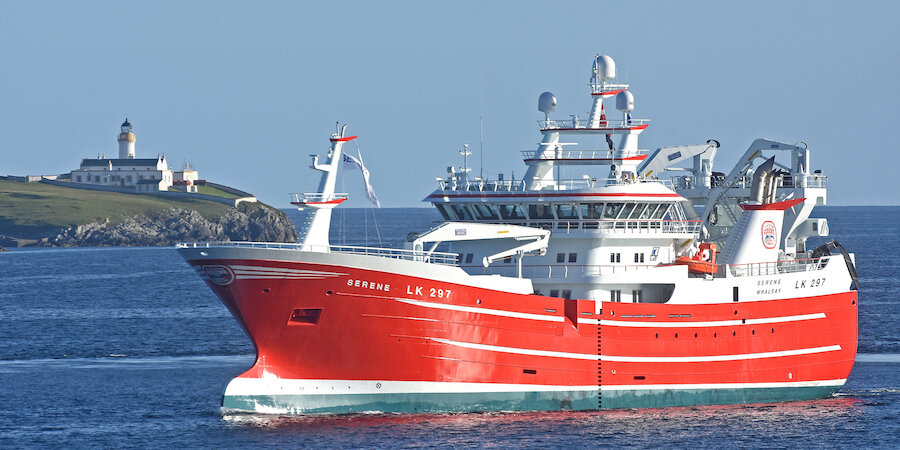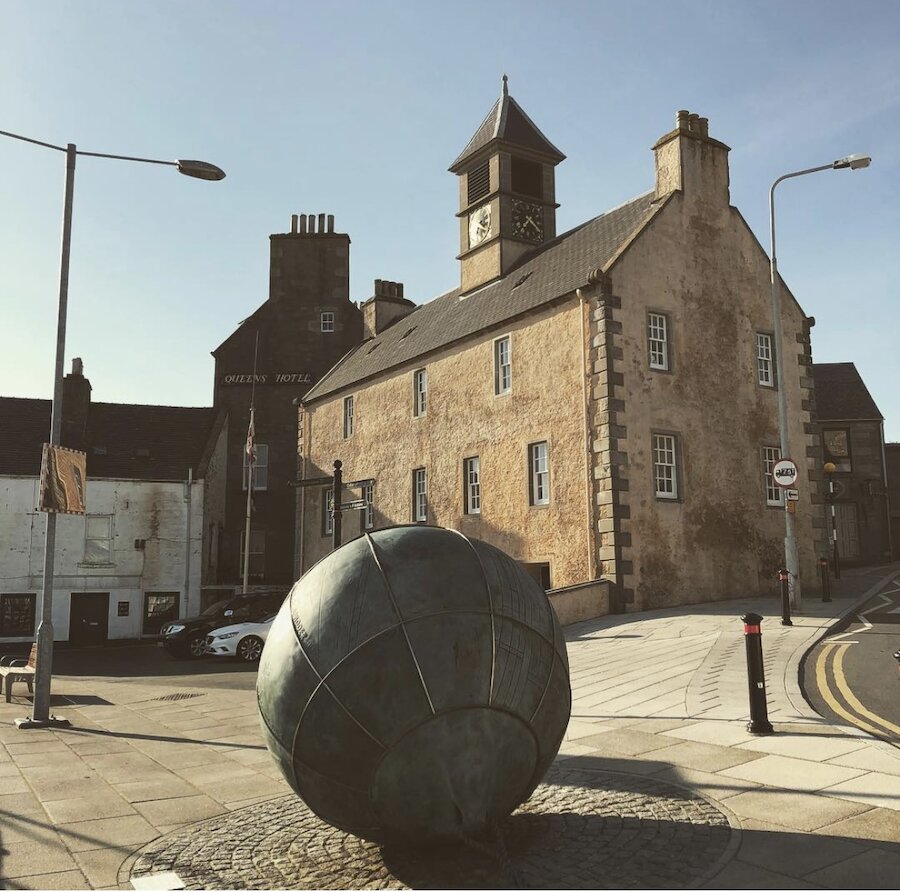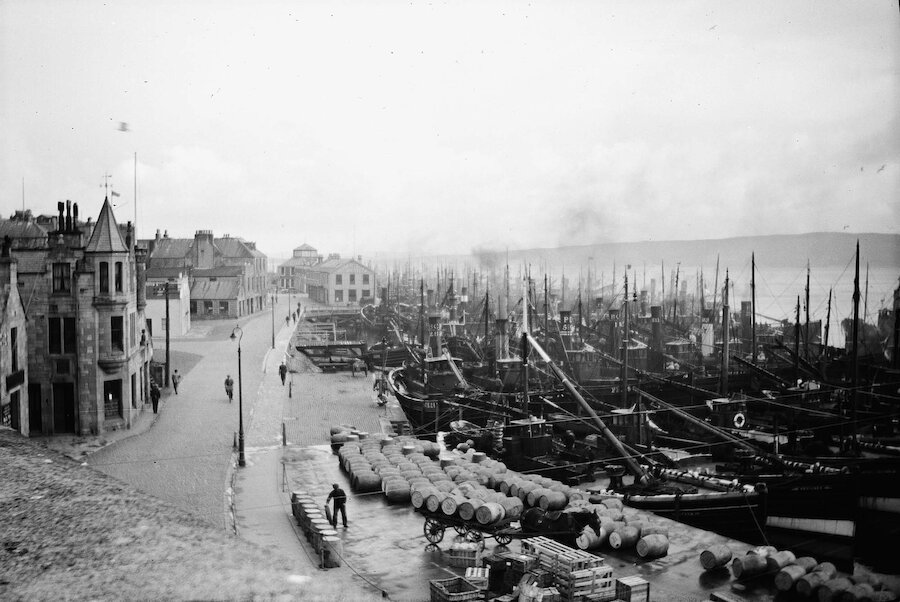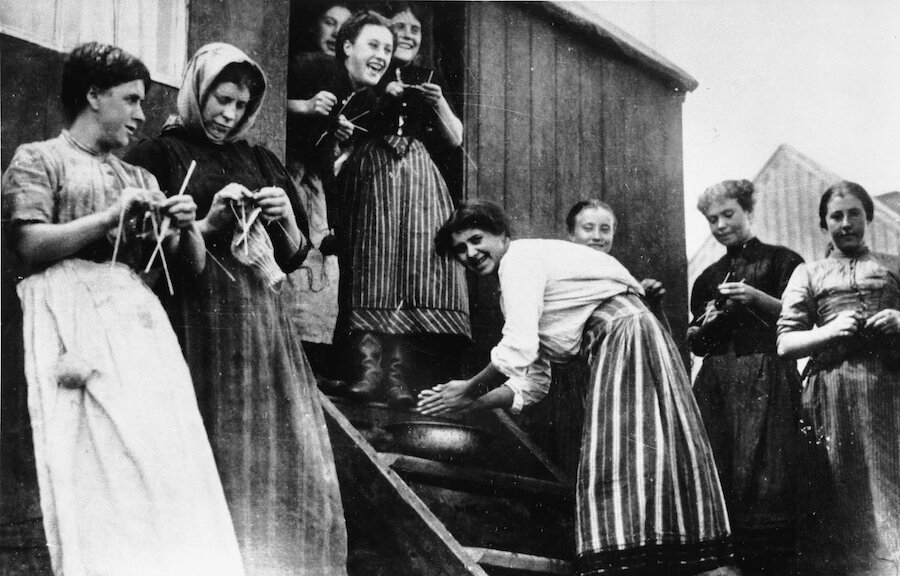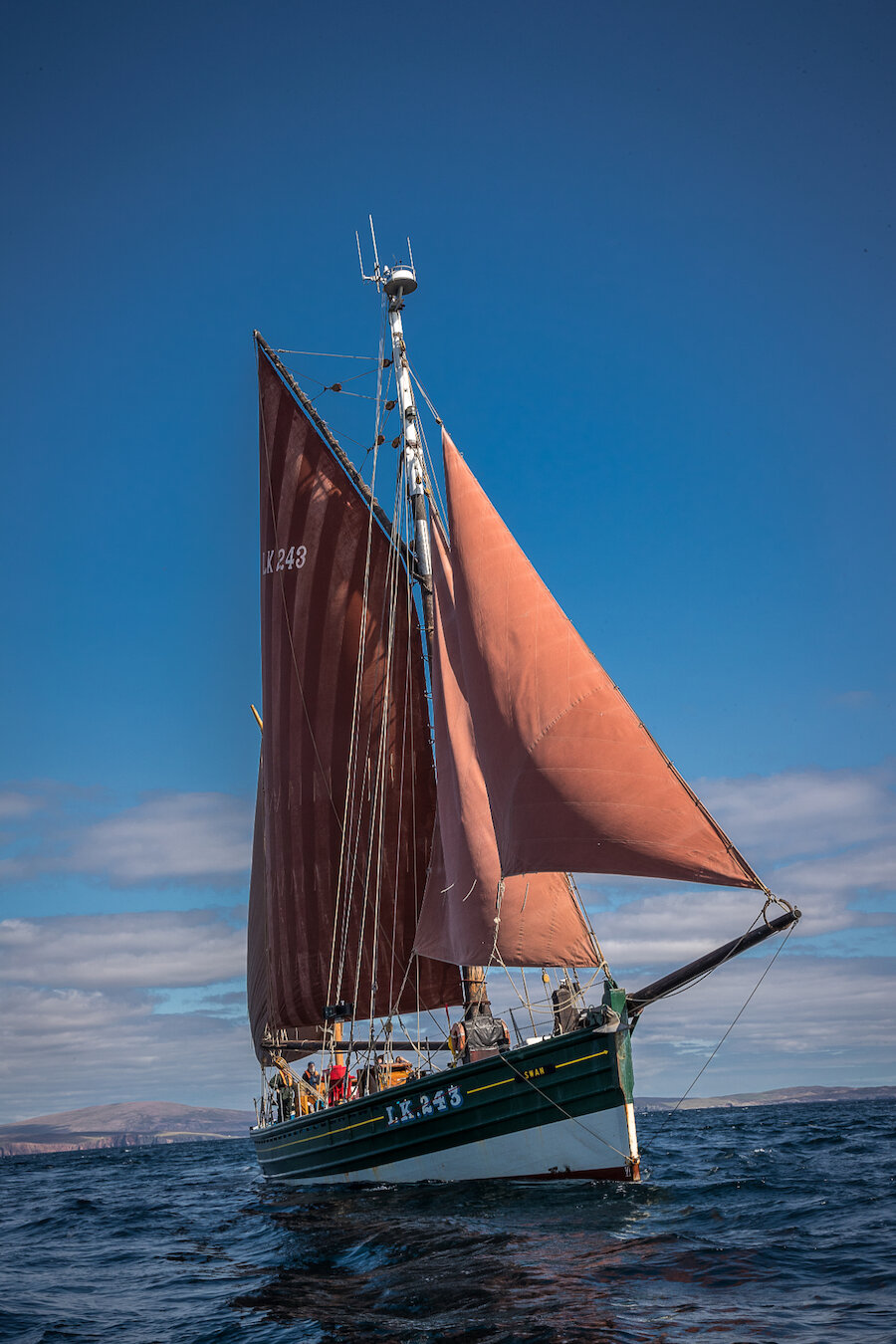Herring fishing has historically been big business in Shetland, and it remains important to the isles’ economy today. With a lucrative catch shipped worldwide, from Europe to as far as Africa and Asia, it’s little wonder that fishermen continue to invest back into the industry, bringing in new boats and investing in innovative technology.
The island’s fleet of modern, state-of-the-art pelagic boats, all more than 70 metres in length, have almost entirely been replaced with new ships in recent years. With the new Charisma’s arrival in 2019, Whalsay’s entire pelagic fleet has been replaced with new vessels.
These super-trawlers are the largest boats that fish from Shetland, with seven of the eight vessels that make up the fleet from the small island of Whalsay off Shetland’s east coast. Fishing the pelagic waters for herring and mackerel, the fleet, in 2019, landed 69,196 tonnes of fish worth an incredible £64.5 million.

